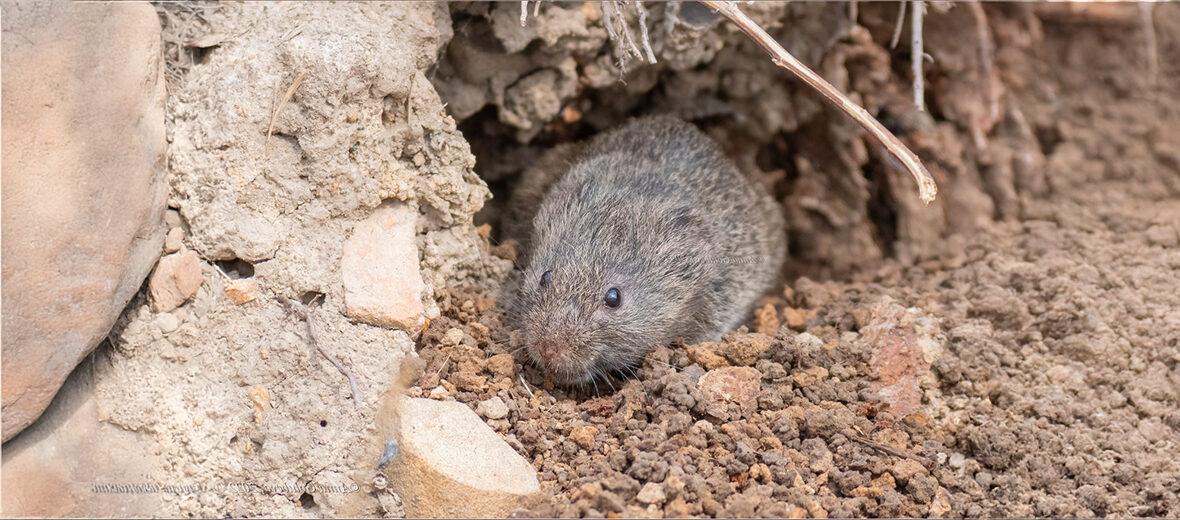
The reed vole is the largest species of vole known. They hail from central Eurasia, as well as northern China, and the Korean Peninsula. These voles face the threats of fires and fire suppression, as well as climate change, which causes severe droughts. However, these critters are abundant enough to be listed as Least Concern by the IUCN. Their population trend is unknown at this time.
First the Stats…
Scientific name: Alexandromys fortis
Weight: Up to 2.22 ounces
Length: Up to 5.5 inches, plus up to a 2.6 inch tail
Lifespan: Up to 2.5 years
Now on to the Facts!
1.) They are also called far-eastern voles or Yangtse voles.
2.) These voles prefer steppe and forest steppe habitats where they are found near lakes and watercourses, amongst coarse vegetation and in wet marshes and meadows.
3.) Reed voles can be found at elevations of up to 6,600 feet.
4.) The reed vole is cathemeral (active both day and night).
5.) While being rather slow on land, they can swim quite well.
But wait, there’s more on the reed vole!
6.) Their burrows are rather detailed and consist of nesting chambers, side passages, storage rooms, and multiple entrances. Burrows can extend up to 4.92 feet.
7.) Shoots, leaves, bark, roots, and the pith of reeds make up their diet.
Did you know…?
Owls, hawks, foxes, coyotes, weasels, and snakes all prey on reed voles.
8.) Breeding season lasts from April – November.
9.) Females have up to 6 litters that bear up to 5 offspring each.
10.) The female’s gestation (pregnancy) lasts only up to 20 days.
Now a Short Reed Vole Video!
Be sure to share & comment below! Also, check out the Critter Science YouTube channel. Videos added regularly!
Want to suggest a critter for me to write about? Let me know here.
Some source material acquired from: Wikipedia & IUCN
Photo credit: iNaturalist




